La barre des 100’000 installations solaires photovoltaïques (PV) en Suisse devrait être atteinte en 2020. Au cours de l’année 2018, ce sont près de 14’000 systèmes PV qui ont été raccordés au réseau, soit un toutes les 38 minutes. Cet essor, amorcé à la fin des années 2000, est en grande partie attribuable aux subventions fédérales et au déclin constant du prix de cette technologie. Weiterlesen
Schlagwortarchiv für: Formation
Shape Your Trip – bewusster reisen!
Die Welt entdecken, Abenteuer mit Freunden erleben und Inspiration für die Zukunft sammeln – und das auch noch klimafreundlich! Das neue Bildungsprojekt «Shape Your Trip» von der Stiftung myclimate zeigt jungen Menschen wie sie nachhaltig reisen können. Weiterlesen




 1 Vote(s), Durchschnitt: 5,00
1 Vote(s), Durchschnitt: 5,00Übersicht zu innovativen und nachhaltigen Mobilitätsprojekten
Ob Carpooling, selbstfahrende Fahrzeuge oder innovative Lösungen für das Mobilitätsmanagement – die Vielfalt der von KOMO (Koordinationsstelle für nachhaltige Mobilität) unterstützten Projekte ist gross. Weiterlesen




 1 Vote(s), Durchschnitt: 5,00
1 Vote(s), Durchschnitt: 5,00Bien que la plupart des installations solaires thermiques soient en état de fonctionner, encore trop d’erreurs, souvent les mêmes, sont constatées. En 2016, une étude basée sur le contrôle de 1’151 installations solaires thermiques, indiquait en effet un grand potentiel d’amélioration. Weiterlesen




 Noch keine Bewertungen
Noch keine BewertungenSe former pour mieux comprendre les moteurs électriques
Durant l’année, l’OFEN organise des formations continues qui permettent aux collaborateurs d’affiner leurs connaissances ou d’en acquérir de nouvelles. Fin janvier, une équipe de la division Efficacité énergétique et énergies renouvelables s’est rendue à Yverdon à la HEIG-VD pour suivre une journée de formations sur les systèmes d’entraînements électriques. Weiterlesen




 Noch keine Bewertungen
Noch keine BewertungenNeben der weitläufig bekannten batteriebetriebenen Elektromobilität gilt auch der Brennstoffzellenantrieb als vielversprechende Alternative, um die CO2-Emissionen im Verkehr zu reduzieren.
Trotz des ersten Serienmodells eines Brennstoffzellen-Fahrzeugs aus dem Jahr 2013 war es aufgrund von fehlenden Wasserstoff-Tankstellen zeitweise schwierig, ein solches Auto in der Schweiz zu fahren. Dies änderte sich 2016, als die Empa zusammen mit den Industriepartnern H2 Energy und Hyundai im Rahmen eines Pilotprojekts die beiden schweizweit ersten öffentlichen Wasserstoff-Tankstellen baute. Weiterlesen




 3 Vote(s), Durchschnitt: 3,33
3 Vote(s), Durchschnitt: 3,33«Die Energiestrategie ist bis 2050 umsetzbar – wirtschafts- und sozialverträglich»
Seit 2013 haben Forschende von verschiedenen Hochschulen im Rahmen zweier Nationalen Forschungsprogramme wissenschaftliche Grundlagen im Hinblick auf die Umsetzung der Energiestrategie 2050 erarbeitet. Nun sind das NFP 70 «Energiewende» und das NFP 71 «Steuerung des Energieverbrauchs» abgeschlossen. Aus über 100 Projekten liegen die Resultate vor. Rolf Schmitz, Leiter Energieforschung beim Bundesamt für Energie erklärt, welche Erkenntnisse daraus zentral sind.
- Rolf Schmitz, welches sind aus Ihrer Sicht die wichtigsten Erkenntnisse aus den beiden Nationalen Forschungsprogrammen 70 und 71?
Jedes der abgeschlossenen Projekte trägt seinen Teil zur Zielerreichung der Energiestrategie bei. Zentral ist für mich aber die Erkenntnis, dass die Energiestrategie bis 2050 umsetzbar ist, und das sowohl in wirtschaftlicher Hinsicht, als auch sozialverträglich. Nun stehen wir vor der Herausforderung, das generierte Wissen weiterzutragen und umzusetzen. Letztlich sollen ja Kilowattstunden eingespart oder zusätzlich erneuerbar produziert werden. Aus meiner Sicht ist es darum ermutigend, dass bei einer Umfrage im Rahmen des NFP 71, an welcher sich 61 der 120 Praxispartner beteiligt haben, 30 den Wissensgewinn als wichtigen Output der Zusammenarbeit mit den Hochschulen sehen. Aber auch die Entwicklung von Produkten, Modellen und Verfahren wurde 15 Mal als spezifischer Nutzen aufgeführt. Für rund einen Viertel ist zudem der Kontakt zu den Wissenschaftlern ausschlaggebend ? das ist ja dann der Nährboden für weitere Zusammenarbeiten. Weiterlesen




 4 Vote(s), Durchschnitt: 4,75
4 Vote(s), Durchschnitt: 4,75David gegen Goliath: Open Innovation, Hackathons und Digitalisierung für die Energiestrategie 2050
Um zeitgenössischen Herausforderungen wie dem Klimawandel, der Dekarbonisierung und der Transformation des gesamten Energiesystems entgegen zu treten, braucht es clevere Lösungen – eine Mammutaufgabe. Doch die technologischen Möglichkeiten verbessern sich stetig. Es gilt, sie zu nutzen, um Ideen zu entwickeln und diese mit Hilfe der Digitalisierung in erste fassbare Lösungen zu überführen – in den Bereichen der Stromversorgung, der Gasversorgung, der Mobilität, der Städte und vielen mehr. Vielversprechende Lösungen können dann gemeinsam mit Industrieakteuren, Universitäten oder als Start-Up weiterentwickelt werden. Weiterlesen




 1 Vote(s), Durchschnitt: 5,00
1 Vote(s), Durchschnitt: 5,00Wie sollen Menschen bis in die ferne Zukunft über ein Lager mit radioaktiven Abfällen informiert werden? Eine Expertengruppe der internationalen Kernenergie-Agentur Nuclear Energy Agency (NEA) zum Thema «Wissensmanagement und Markierung geologischer Tiefenlager» ist zum Schluss gekommen, dass ein ganzes Wissenserhaltungssystem benötigt wird, um der gestellten Aufgabe gerecht zu werden. Weiterlesen




 Noch keine Bewertungen
Noch keine BewertungenInnovation-Monitor: lebendige Schweizer Startup-Szene im Umwelt- und Energiebereich
Im Januar 2020 hat der Swiss Environment and Energy Innovation Monitor, ein Kollaborationsprojekt der ZHAW und eqlosion, die neusten Zahlen zur Entwicklung der Schweizer Umwelt- und Energie-Startups zwischen 2008 und 2019 veröffentlicht. Das Projekt wurde vom Bundesamt für Energie BFE und vom Bundesamt für Umwelt BAFU unterstützt. Die Analyse beinhaltet eine Auswertung von knapp 550 Startups und zeigt, dass die Schweiz im Bereich Umwelt und Energie über eine erfreulich lebendige und kontinuierlich wachsende Startup-Szene verfügt. Viele der gesammelten Informationen zu den Startups und Projekten sind auf der Innovation Monitor-Plattform für die Öffentlichkeit frei zugänglich. Weiterlesen




 Noch keine Bewertungen
Noch keine BewertungenKontakt
Bundesamt für Energie
Pulverstrasse 13
3063 Ittigen
Postadresse:
Bundesamt für Energie
3003 Bern
Telefonnummern:
Hauszentrale +41 58 462 56 11
Pressestelle +41 58 460 81 52
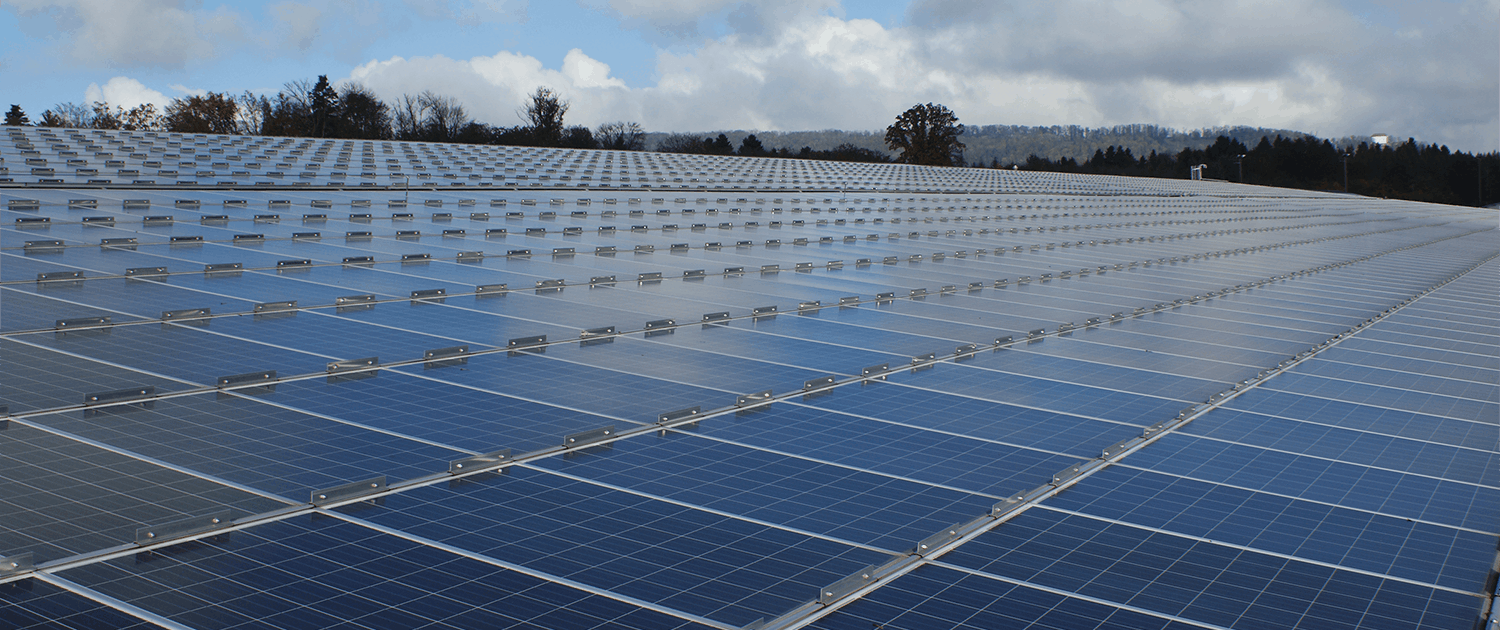 EnergieVorbild
EnergieVorbild 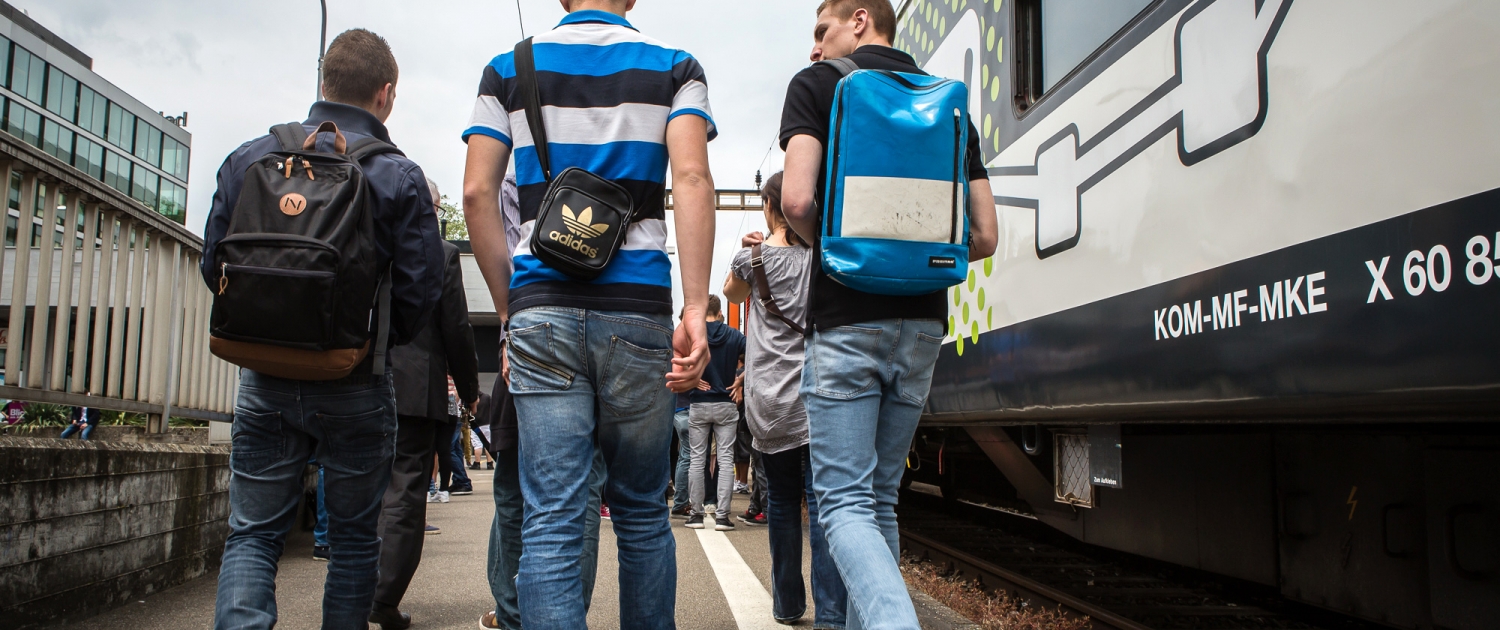 Myclimate
Myclimate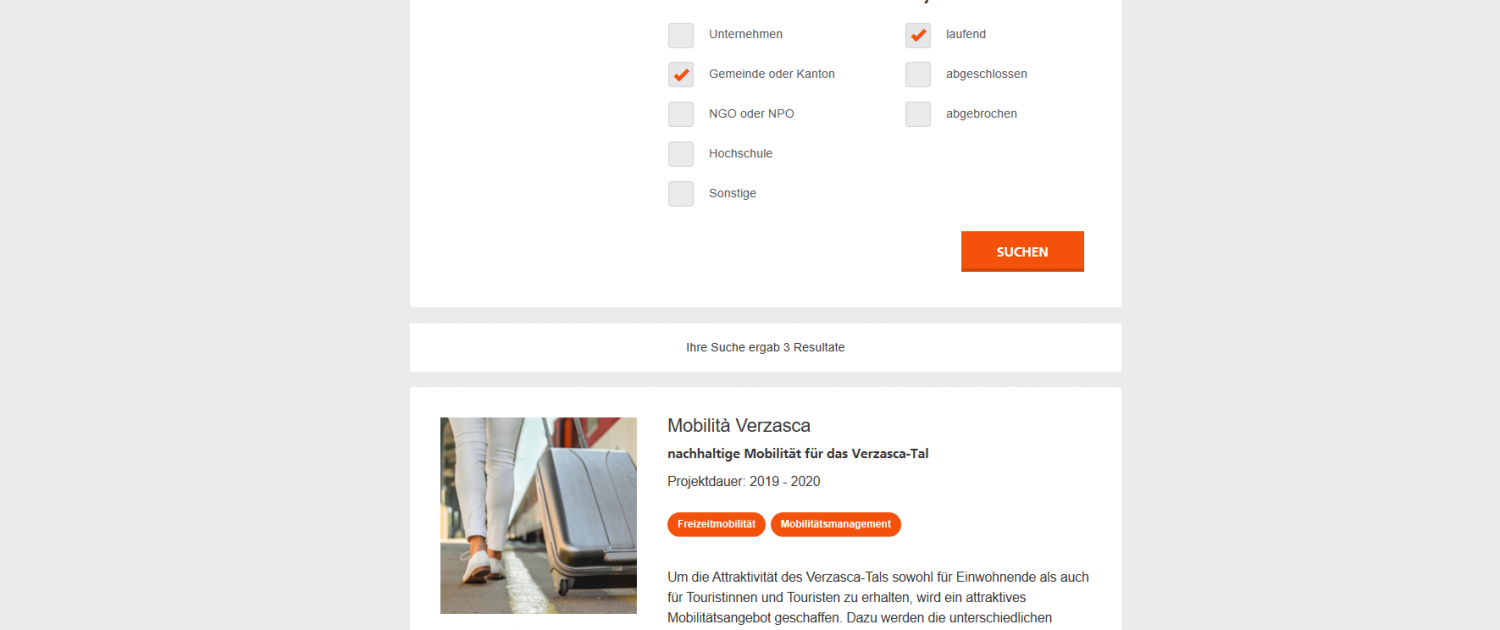 BFE
BFE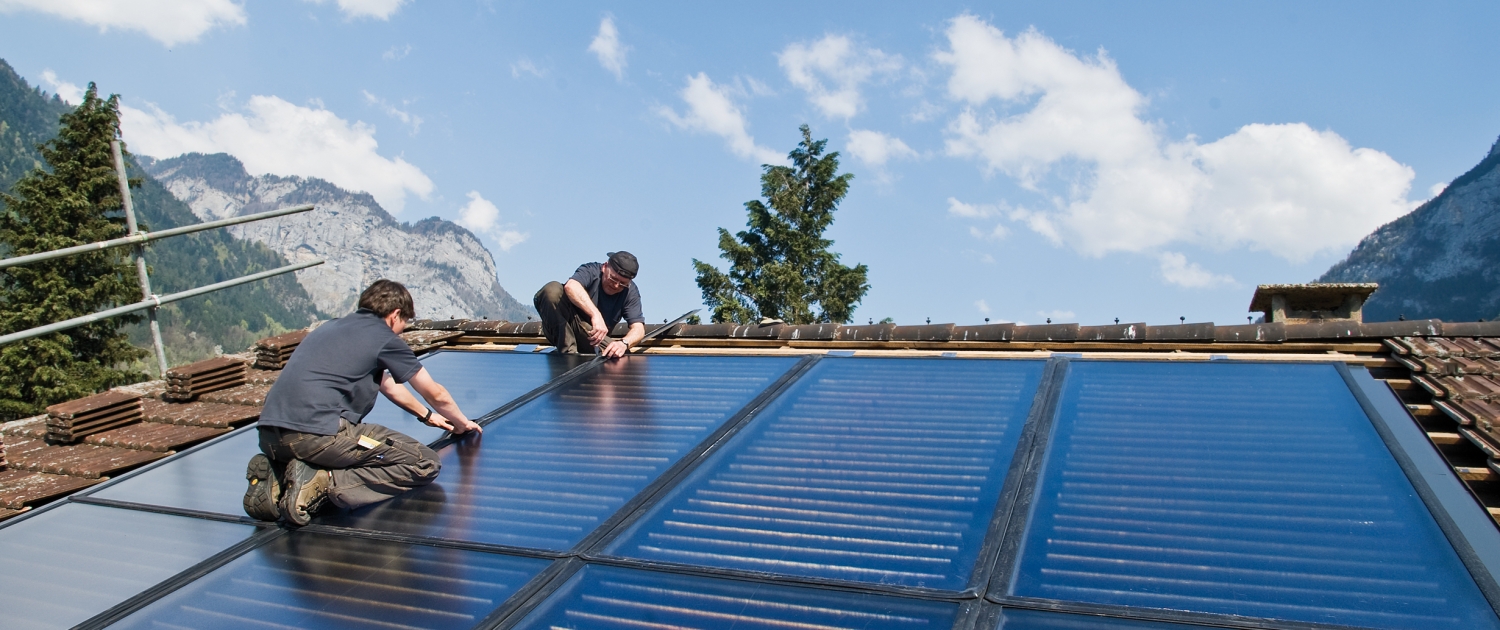 Gemeindewerke Erstfeld
Gemeindewerke Erstfeld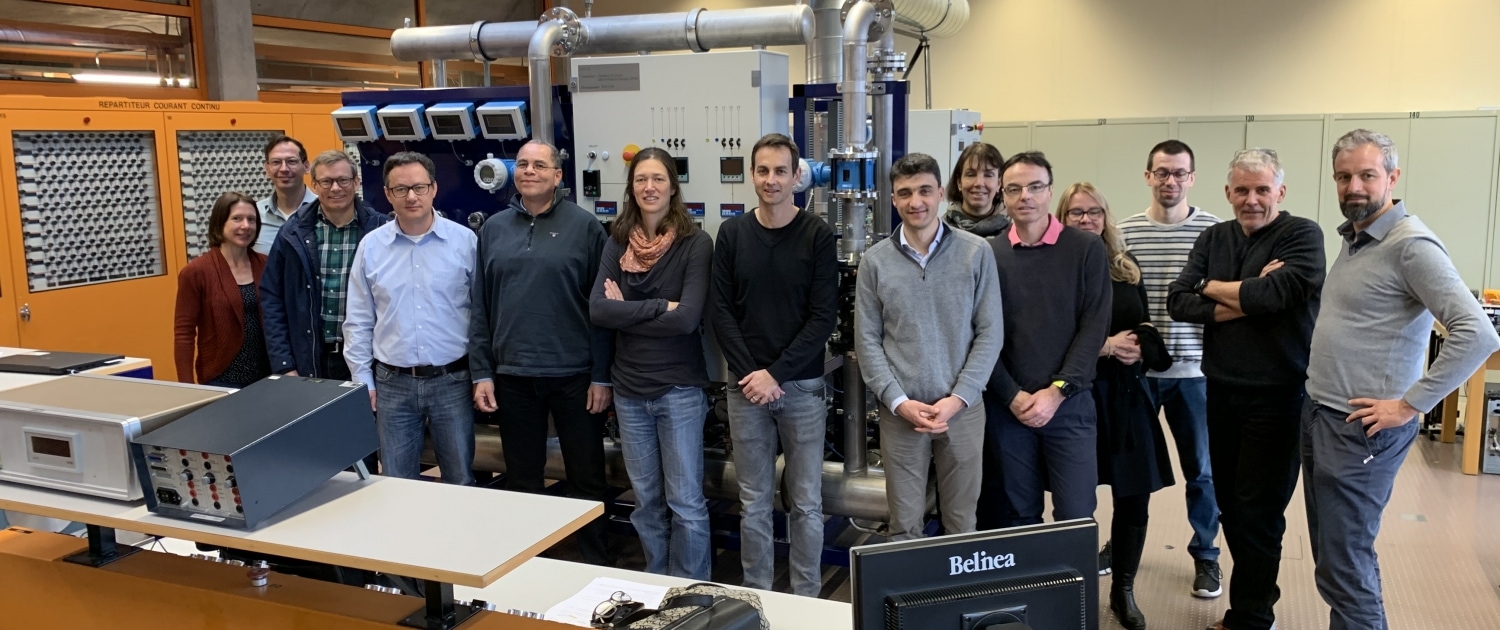 BFE
BFE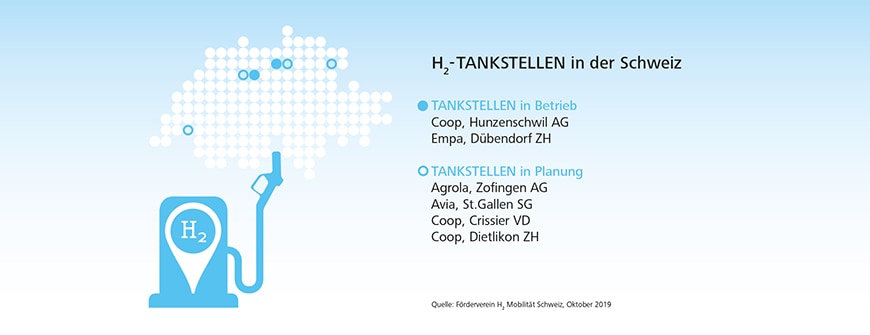 Förderverein H2 Mobilität Schweiz
Förderverein H2 Mobilität Schweiz https://rcphotostock.com – © rcphotostock (8607)
https://rcphotostock.com – © rcphotostock (8607)  BFE
BFE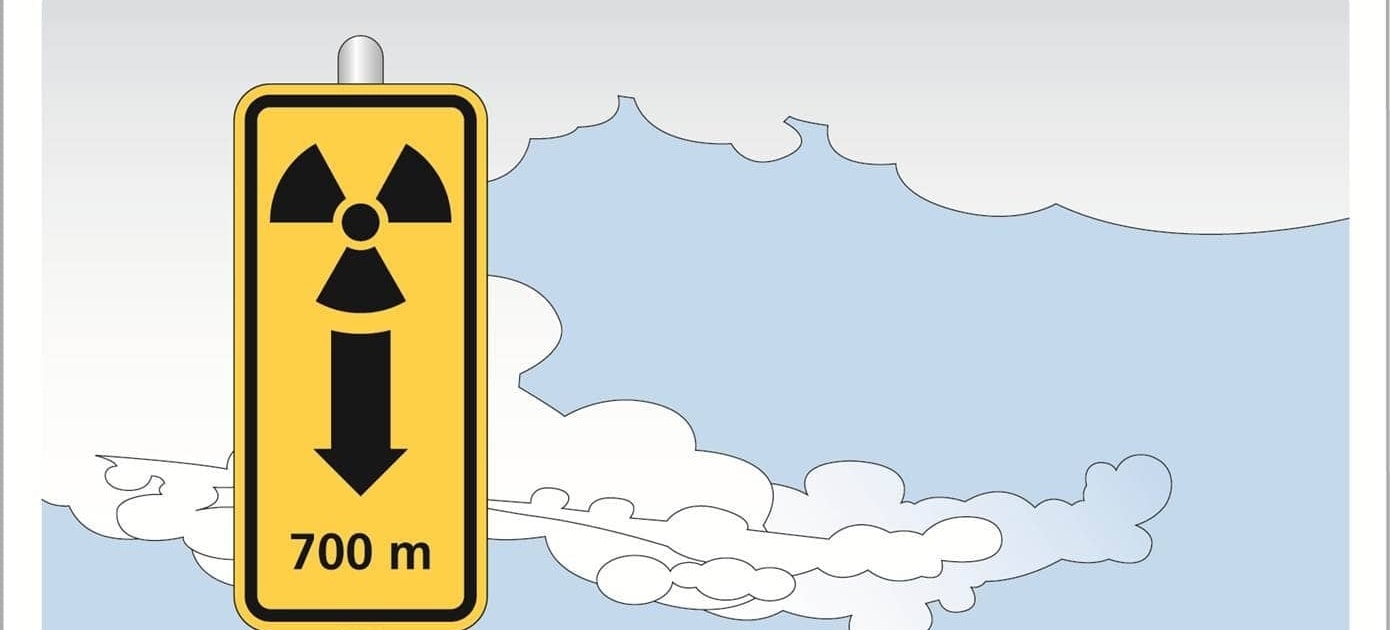 BFE
BFE